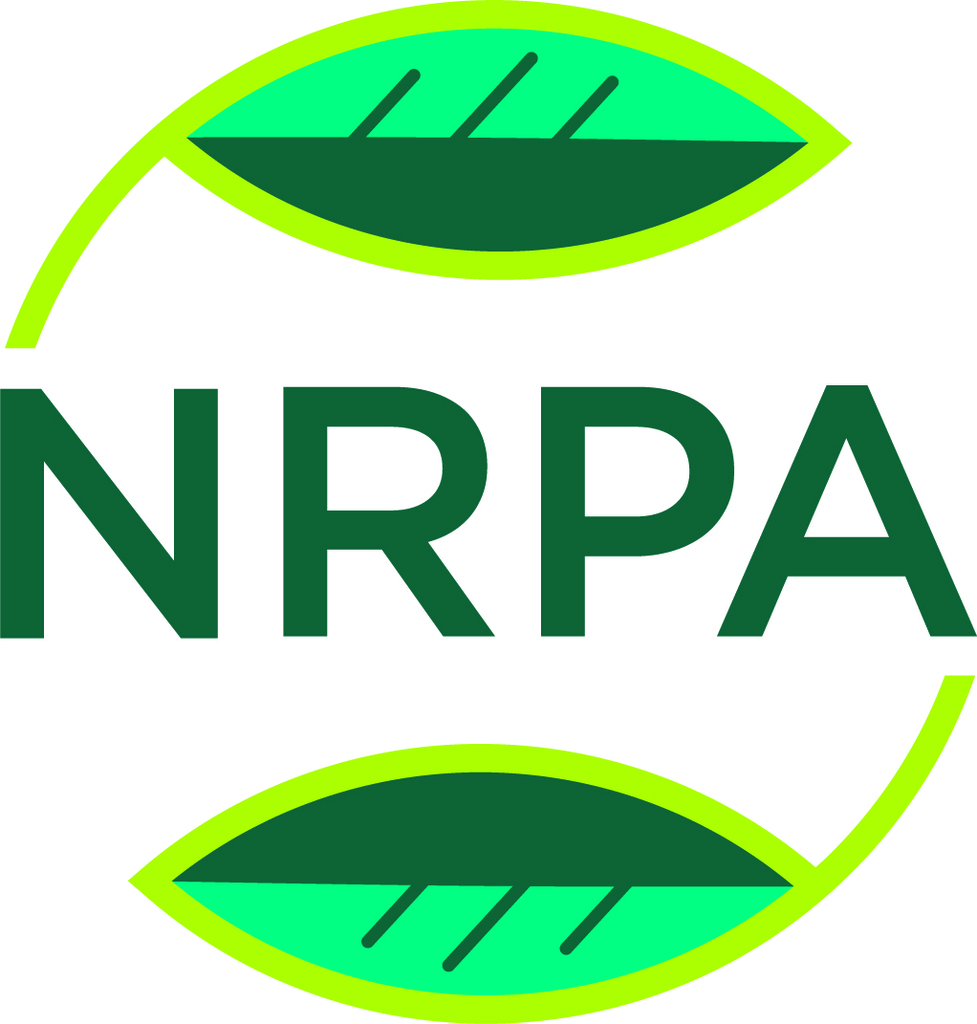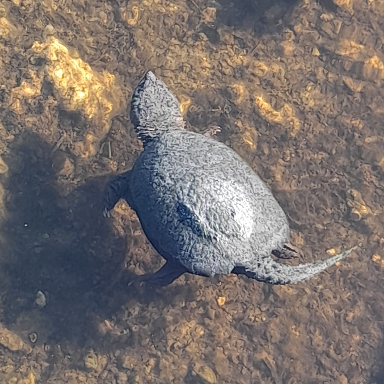- cross-posted to:
- biodiversity@mander.xyz
Edit: Added the city of Plantation.
A “BioBlitz” is an event where you go around and make observations of wildlife all around you using the citizen science app/website iNaturalist. The National Recreation and Park Association (NRPA) runs the “Parks for Pollinators” BioBlitz every September, across the United States, lasting the whole month, and focusing mainly on plants and the animals that pollinate them (mainly insects and birds) in local parks. But you can record observations of any sort of living thing you want, anywhere, as much as you want, anytime.
Here’s their homepage for it: https://www.nrpa.org/BioBlitz/ …but probbaly more relevant is the iNaturalist project for it (click here, or the link at the top). You can use the map to see the various BioBlitzes going on all over the country as part of NRPA’s umbrella event. Hopefully, there’s one near you!
If there is, be sure to check your local events calendars, because there might be special events on specific days. For example, here in Florida, there are the following BioBlitz events (and some have special events on specific days - I’m not sure about the last three, but you can check yourself):
- Markham Park (special event: September 2, 10am ~ 12noon) (observations also count for City of Sunrise)
- City of Plantation (in Plantation Preserve Linear Trail and Golf Course) (special event: September 9, 9am ~ 11am)
- Quiet Waters Park (special event: September 9, 9am ~ 11am)
- City of Sunrise (special event: September 9, 10am ~ 1pm, at Sawgrass Sanctuary)
- Miramar Pineland (special event: September 13, 9am ~ 12noon)
- Central Broward Regional Park (special event: September 23: 9am ~ 11am)
- Delray Beach (in Old School Square Park)
- Palm Beach County
- Pinellas County
But, of course, you can go to these places anytime in September to participate – you don’t need a special event.
If you want to participate, you’ll need an iNaturalist account, and any relevant observations you make in participating locations will automatically be counted in applicable projects. If you join the project, you’ll also get the project’s badge displayed on your observation!



Awesome! We’ve been using iNaturalist to track and share our observations for years and had no idea. Thanks!
For anyone who is curious but doesn’t feel like going through links: iNaturalist is an app which searches submitted photos against similar images from other users and other online image sources, curated by additional users to confirm the identified species. This data is able to be shared with researchers, students, NGO’s and governmental groups with the aim of having ground level population data available to inform policy and research at various levels. We’d be lying if we said we haven’t used it to track down some wild seed sources near us.
There are also little badges and flairs that provide an additional hit of dopamine for doing citizen science, being curious, and interacting with nature.
Oh, you might already know this but I just wanted to mention that there’s City Nature Challenge in May, which is also a BioBlitz run in a bunch of different places (similar to the Parks for Pollinators event in that regard).
Yeah, there’s a variety of BioBlitz events; this one just happens to be one of the bigger sets of events.
And thanks for the extra info!